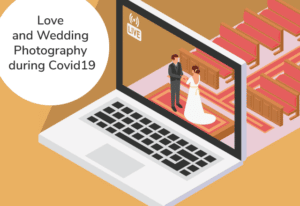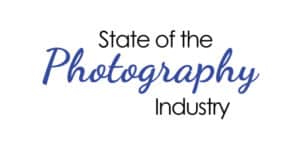LGBTQ+ photographers and artists who inspire and have pioneered a movement.
June 18th, 2021
June is Pride month and what a perfect time to celebrate LGBTQ photographers and artists who have inspired and continue to do so! Throughout the history of art, self-expression has long been used to give a unique voice and to bring awareness to individuals, communities, and the diversity of people around the world. There are many contemporary artists who are pushing the envelope without adhering to particular mediums or artistic styles. Their collective work spans mediums such as photography, painting, film making, performance art, mixed media, sculpture, music, collage, pyrography, poetry, and the list goes on and on.
For LGBTQ audiences and the world at large, art is about recognition, where we may recognize and connect with our personal experiences, self-identity, boundaries, creativity, and our emotions. A large amount of this work depicts taboo topics, like sexuality, pain, beauty and societal standards, or an insatiable and uncanny hunger for awareness, acceptance, representation, and meaning.
Who inspires us, who moves us, who opens our minds, shapes and molds our creative selves? Who has motivated us to think outside of the confines of the box? I point to the forward-thinkers, the pioneers, the revolutionaries, the ones who fought for self-expression during times where it would be considered a crime.
On a personal level, I’ve been very influenced by artists who have opened doors for the rest of us, be it via a very unapologetic way of communicating a creative thought or idea. Whether the work is safe, digestible, or absolutely subversive, and sometimes considered offensive, LGBTQ artists have left a very powerful imprint in the art world.
Today I’m sharing about five photographers and artists who, in my opinion, have been pioneers in the LGBTQ community and art world. Their work in the past has helped to weave the fabric that enables queer art to have its voice and leave an imprint on the art world…then and now.
1- Greer Lankton
Born to a Presbyterian minister in Flint, MI, Greer Lankton was fascinated by dolls. She began to fashion her own out of a variety of non-traditional materials, including flowers and pipe cleaners. Years of being teased and physically harassed for being a “sissy boy” led her to seek gender confirmation surgery at the age of 21. Greer Lankton headed to New York after completing her studies at the Art Institute of Chicago.
Gender and sexuality were recurring themes in her doll art, and her figures captured a distressing glamour that was both grim and seductive. She gained a cult following by showing her work in the East Village – just as the art scene there began to flourish – and became a muse to photographers Nan Goldin, David Wojnarowicz and Peter Hujar. Lankton’s pieces were shown at the Whitney Biennial and Venice Biennial in 1995. Her notable style – which blurred the line between folk art and fine art – produced dolls which were ingeniously constructed of soda bottles and umbrella hinges – even pantyhose – some with glass eyes and layered in paint.
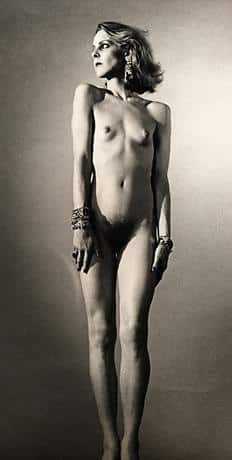
(Photo credit:”5-greer-lankton-mattress-factory” by nika2 is licensed under CC BY-NC 2.0)
Her creations were known to change from show to show – often seeming to lose or gain weight, appearing ill, having face lifts or sex changes. Lankton’s final exhibit – ‘It’s All About Me, Not You’ – featured pink-trimmed turquoise walls, covered with faux niches and shrines to Patty Smith, Candy Darling, Jesus, and the artist herself, in what was a perfect reconstruction of her tiny Chicago studio apartment.
2- Rotimi Fani-Kayode
His work epitomized not just the reality of being gay, but of being a black gay man. It challenged the whole concept of black male masculinity and the importance of body empowerment. Rotimi’s work broke down all the barriers. Rotimi Fani-Kayode was born in Nigeria, as the second child of a prominent Yorubna family that moved to Brighton, England. Rotimi went to a number of British private schools for his secondary education and continued on for his MFA in Fine Arts & Photography at the Pratt Institute in New York City. While in New York, he became friendly with Robert Mapplethorpe, who he has claimed as an influence on his work.
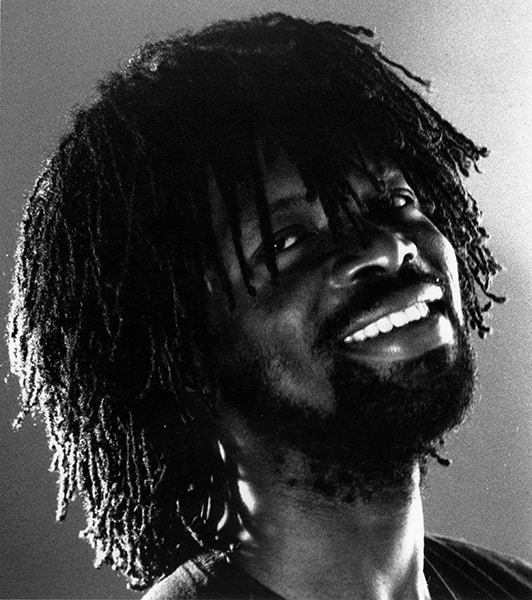
(Photo credit: Robert Taylor Photography, CC BY-SA 3.0, via Wikimedia Commons)
In his work, Fani-Kayode’s subjects are specifically black men, but he almost always asserts himself as the black man in most of his work, which can be interpreted as a performative and visual representation of his personal history. Using the body as the centralised point in his photography, he was able to explore the relationship between erotic fantasy and his ancestral spiritual values. His complex experience of dislocation, fragmentation, rejection, and separation all shaped his work.
“On three counts am I an outsider,” wrote Romiti Fani-Kayode, “in matters of sexuality; in terms of geographical and cultural dislocation; and in the sense of not having become the sort of respectably married professional my parents might have hoped for. Such a position gives me a feeling of having very little to lose.”
Fani-Kayode challenged the invisibility of “African queerness,” or the denial of alternative African sexualities, in both the Western and African worlds. In general, he sought to reshape the ideas of sexuality and gender in his photography, showing that sexuality and gender appear rigid and “fixed” because of cultural and social norms but are actually fluid and subjective. However, he specifically sought to develop queerness in contemporary African art, which required him to address the colonial and Christian legacies that suppressed queerness and constructed harmful notions of black masculinity. In a time when African artists were not being represented, he provocatively approached the issue by addressing and questioning the objectification of black bodies. His homoerotic influences in using the black male body can be interpreted as an expression of idealisation, of desire and being desired, and self-consciousness in response to the black body being reduced to a spectacle. A sampling of his Abiku (Born to Die) series can be seen at the Tate, online or in person.
Not only is Fani-Kayode praised for his conceptual imagery of Africanness and queerness (and African queerness), he is also praised for his ability to fuse racial and sexual politics with religious eroticism and beauty. One critic has also described his work as “neo-romantic,” with the idea his images evoke a sense of fleeting beauty. His work is imbued with subtlety, irony and political and social comment.
3- Donna Gottschalk
Her photographs of lesbian culture change the image of history for many, especially those who have lived in the socio-political peripheries in the US. Gottschalk’s personal archive was unearthed for an exhibition at The Leslie-Lohman Museum of Gay and Lesbian Art in New York in 2019, where many of the poignant images were shown for the first time.
Gottschalk grew up poor, in the tenements of the Lower East Side, New York, in the 1950s. She spent a lot of time out in the streets, an experience that shaped her and the way she saw the world: raw, real, and up close.
In the 1960s, Gottschalk attended the High School of Art and Design, where she studied illustration and met other lesbians for the first time, who took her out to iconic New York bars like Kooki’s, Paula’s, and Colony. It was dangerous, and the mafia were never far away. Threats and abuse after closing time were common – but it was a space of their own.
In 1967, Gottschalk became involved with the Gay Liberation Front, a liberation organisation fighting for gay rights. She was present at pivotal protests, including the 1970 demonstration against feminist group, the National Organisation for Women Congress (NOW), after it expelled lesbians. It was Gottschalk who designed the t-shirts worn by the women who famously walked into the NOW assembly in New York, emblazoned with the words ‘Lavender Menace’ – a direct response to the words of then-NOW president Betty Friedan.
Many of the posters, papers and other political material Gottschalk designed and printed has been forgotten or neglected, but the extensive archive of personal photographs she took at the time, documenting radical lesbian lives, friends, family and her community in their struggle to be seen and recognised on the East and West coasts, bring that era vividly back to life. Her pictures pinpoint important factions in the feminist and lesbian movements, details of which were largely repressed and unrecorded by the mainstream media at the time.
4- Wolfgang Tillmans
Wolfgang Tillmans, born in Germany in the 60’s, is known for fine art photography, political and social activism.
Tillmans was considered the “documentarian of his generation, especially that of the London club and gay scenes” (though he has said, “It was never my intention to be seen as diaristic or autobiographical. I was not recording the world around me or my tribe or whatever. There is a big misunderstanding there that still persists to this day.”).
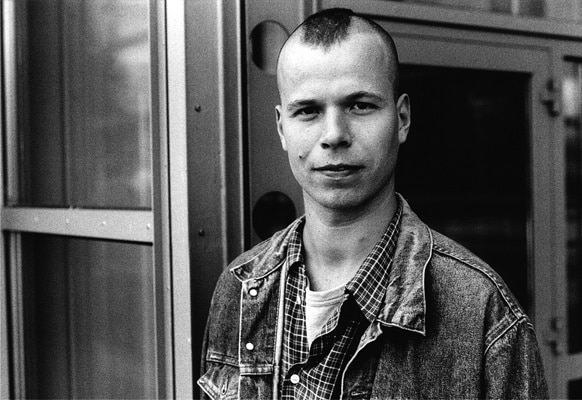
Half of his work is staged, with the artist choosing the clothes and the location, as well as setting his models up in their positions. The series of his friends Lutz and Alex, also published in i-D in 1992, are considered important photographic documents of the 1990s. In his early photographs of people, Tillmans portrayed freedom in a different way and he says: “I wanted to somehow represent what was not being represented elsewhere.”
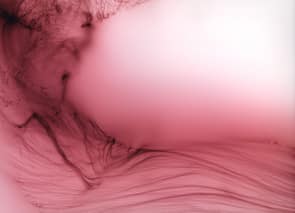
(Photo credit: Wolfgang Tillmans, CC BY-SA 3.0, via Wikimedia Commons)
From 1992 to 1994, Tillmans lived and worked in London, moving to New York in 1994. During this time, he began to show more frequently, developing an exhibition style that consisted of nonhierarchical arrangements of unframed photographs pinned or taped onto the gallery’s walls. Color photographs are placed next to inkjet prints and next to postcards and magazine clippings of his own images, reaching almost to the ceiling and the floor. He views each exhibition as a site-specific installation, often addressing the exhibition space as a larger composition.
5- David La Chappelle
David LaChapelle is a fine art photographer, film director, commercial photographer, music video director and an artist from America. He is widely known for his photography which mostly references art history and often shares social messages.
American artist David LaChapelle is known for his hyper-saturated — often explicit — photography. While critics have called his work too commercial, grotesque, and provocative, LaChapelle has always been at the forefront of pop culture, reflecting our fears and desires.
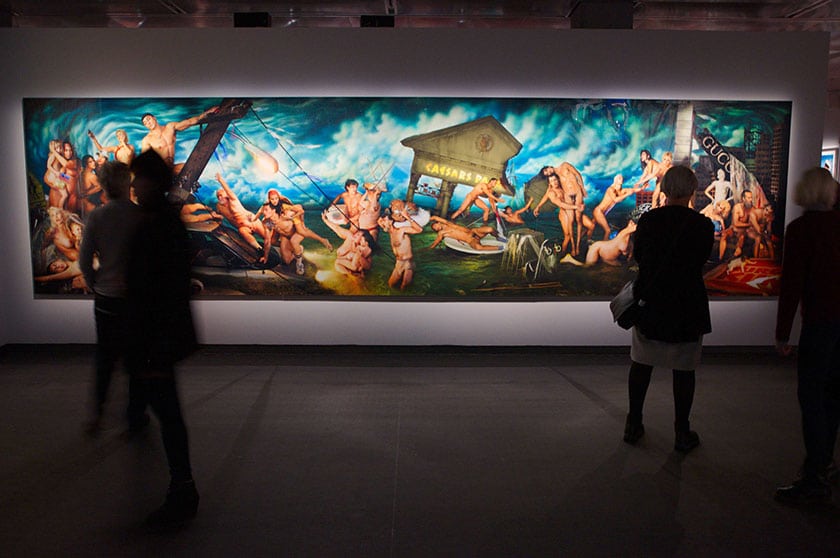
At 17, LaChapelle met Andy Warhol who gave him a job at Interview Magazine. According to LaChapelle, Warhol’s only advice was this: “Do whatever you want and just make everyone look good.” LaChapelle proved himself capable and he quickly became one of the world’s most influential commercial photographers, working for Vogue, Vanity Fair, GQ, and Rolling Stone.
In 2006, then at the peak of his career, LaChapelle quit commercial photography and moved to Maui, Hawaii. LaChapelle recalls, “I love glamour, fashion and beauty – that has been with civilisations forever, but I needed to get away from the propaganda of that. When I quit everything, I never wanted to shoot another pop star as long as I lived.”
LaChapelle is perhaps best known for his 1995 collaboration with the Italian denim brand Diesel. Two male sailors kiss in front of a diesel-powered American submarine, undoubtedly inspired by the 1945 V-J Day kiss in Times Square.
Advertising has the power to change opinions and LaChapelle believes even the fashion industry is obligated to join the dialogue. “I think every part of culture and society is a platform to discuss these subjects. It’s essential to retaining our human and civil rights. You can’t compartmentalize what we do and who we are.”
Indeed, LaChapelle has been a constant advocate for the queer community. He has daringly used his voice to make the world more inclusive through his work.
LBGTQ artists have left a profound imprint in the art world at large, however known/seen or unknown/unseen they might be. As spectators, we are the ones who are willing to absorb the message in their self-expression. We must question the potential that art has to help us explore our own collective and individual perception and acceptance of kinship, inclusivity, respect, safety, and regard for creative freedom and self-expression.
Citations:
Greer Lankton: https://legacyprojectchicago.org/person/greer-lankton
Rotimi Fani Kayode: https://www.cnn.com/style/article/rotimi-fani-kayode-gay-nigerian-photographer/index.html and https://en.wikipedia.org/wiki/Rotimi_Fani-Kayode
Donna Gottschalk: https://www.wallpaper.com/art/donna-gottschalk-photography
Wolfgang Tillmans: https://en.wikipedia.org/wiki/Wolfgang_Tillmans
David La Chappelle: https://www.dannywithlove.com/blog/david-lachapelle-queer-culture-pioneer

